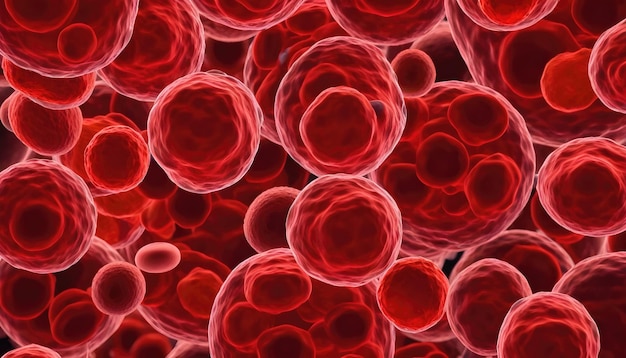Leukaemia is a group of blood cancers that affects the blood and bone marrow. It happens when a problem arises in white blood cells, which are important to fight infections. Essentially, leukaemia causes the body to make too many abnormal white blood cells, crowding out the healthy ones and making it harder for the body to fight illnesses.
Leukaemia risk factors can include genetic factors, exposure to certain chemicals like benzene, radiation exposure, and certain viral infections like human T-cell leukaemia virus.
They’re classified into four main types: acute lymphoblastic leukaemia (ALL), acute myeloid leukaemia (AML), chronic lymphocytic leukaemia (CLL), and chronic myeloid leukaemia (CML).
Leukaemia diagnosis: Doctors use a number of tests and procedures to diagnose leukaemia, determine its type, and develop a treatment strategy.
- Physical examination and medical history: First, a complete medical history and physical examination are performed by doctors. They look for symptoms such as spleen and liver enlargement, lymph node swelling, and pale skin.
- Blood tests: A complete blood count (CBC), among other blood tests, is essential for leukaemia diagnosis. When a person has leukaemia, their platelet and red cell counts may be low, but their white cell count is frequently very high.
- Bone marrow test: A bone marrow aspirate and biopsy are essential for verifying a leukaemia diagnosis. Usually, from the hip bone, a sample of bone marrow is extracted and tested for leukaemia cells.
- Imaging Tests: Medical imaging tests such as MRI and CT scans, PET scans or ultrasounds might be used to check for swollen lymph nodes or to see if leukaemia cells have spread to other organs.
- Lumbar Puncture (Spinal Tap): A lumbar puncture may be necessary at times, especially in situations where leukaemia may have progressed to the brain or spinal cord. This entails gathering and analyzing spinal cord and brain fluid to look for leukaemia cells.
Leukaemia requires prompt treatment due to its fast growth. Treatment options include chemotherapy, radiation therapy, targeted therapy, and bone marrow transplant. The specific treatment plan will depend on the type of leukaemia diagnosed.
General measures for leukaemia management include:
1. Medical Monitoring: Regular check-ups and blood tests to monitor the disease progression and response to treatment.
2. Healthy Lifestyle: Maintaining a balanced diet, regular exercise, and adequate rest to support overall health and immune function.
3. Hygiene: Practicing good hygiene to reduce the risk of infections, such as frequent handwashing and avoiding contact with sick individuals.
4. Avoiding Exposure to Harmful Substances: Minimizing exposure to chemicals, radiation, and other environmental factors that may increase the risk of leukaemia or exacerbate its symptoms.
5. Medication Adherence: Taking prescribed medications as directed by healthcare professionals to manage symptoms and prevent complications.
6. Emotional Support: Seeking emotional support from friends, family, or support groups to cope with the challenges of living with leukaemia.
7. Avoiding Smoking and Alcohol: Avoiding smoking and excessive alcohol consumption, as these habits can weaken the immune system and worsen leukaemia symptoms.
8. Vaccinations: Ensuring up-to-date vaccinations, as recommended by healthcare providers, to protect against infections.
9. Stress Management: Engaging in stress-reducing activities such as mindfulness, yoga, or meditation to improve overall well-being and immune function.
10. Education: Learning about leukaemia and its management options to make informed decisions and actively participate in treatment plans

